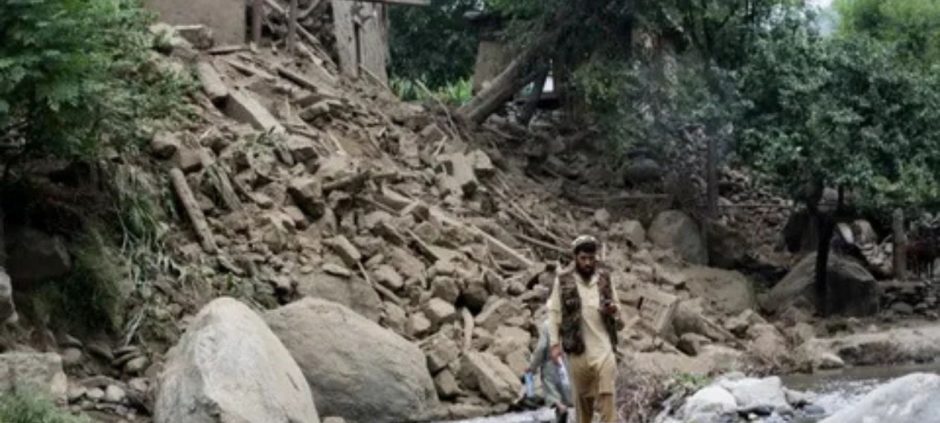The Afghan quake death toll has risen to 1,124, with hundreds more injured and thousands left without shelter. Authorities and humanitarian agencies are struggling to cope with the devastation as entire communities have been wiped out.
According to officials, the earthquake struck remote eastern provinces with violent force, toppling homes, schools, and health facilities. Villages near the epicenter have been flattened, while aftershocks continue to threaten survivors and rescue workers.
Rescue efforts are underway, but limited infrastructure, rough terrain, and communication breakdowns are slowing down emergency responses. Humanitarian organizations are calling for urgent international support, as local hospitals are overwhelmed with the injured.
The tragedy follows a series of natural disasters in the region, making recovery more difficult for those already facing poverty and instability. Reports confirm that families are still trapped under rubble, and the death toll may rise further in the coming days.
The scale of destruction can be seen in key figures shared by authorities:
- 1,124 confirmed deaths across affected provinces.
- Over 1,500 injured are receiving treatment in makeshift medical camps.
- Thousands were displaced after their homes collapsed.
- Dozens of villages were flattened, leaving entire communities homeless.
The Afghanistan earthquake has once again highlighted the urgent need for stronger disaster preparedness and more resilient infrastructure in the region. Aid workers warn that without quick action, survivors may face outbreaks of disease, food shortages, and further risks from unstable buildings.
Afghan quake death toll sparks urgent global appeals
International organizations and neighboring countries have pledged assistance, but experts stress that delivering aid to mountainous areas remains the biggest challenge. Relief convoys carrying food, tents, and medicines are moving towards the worst-hit districts, yet many regions remain cut off.
Local communities are also stepping in to provide immediate support, offering shelter and sharing resources with displaced families. Authorities have urged citizens to remain cautious as aftershocks continue.
The Afghan quake death toll has sent shockwaves across the globe, drawing attention not only to the tragedy itself but also to the country’s fragile capacity to handle such disasters. Analysts believe long-term investments in healthcare, housing, and disaster management systems are essential to reduce future risks.
For now, the focus remains on saving lives, providing relief to survivors, and ensuring that those who lost everything are not left behind in the aftermath of one of Afghanistan’s deadliest earthquakes.











